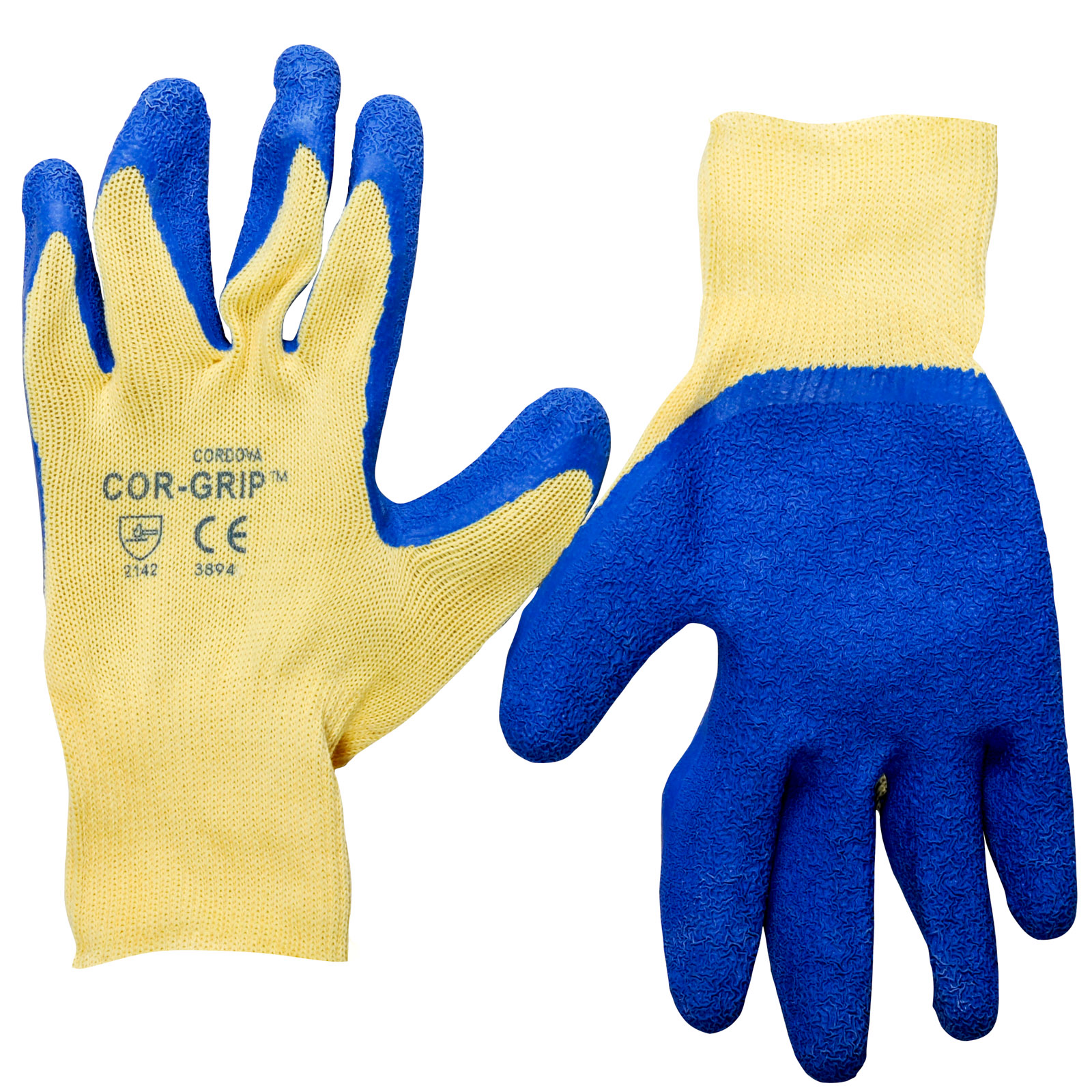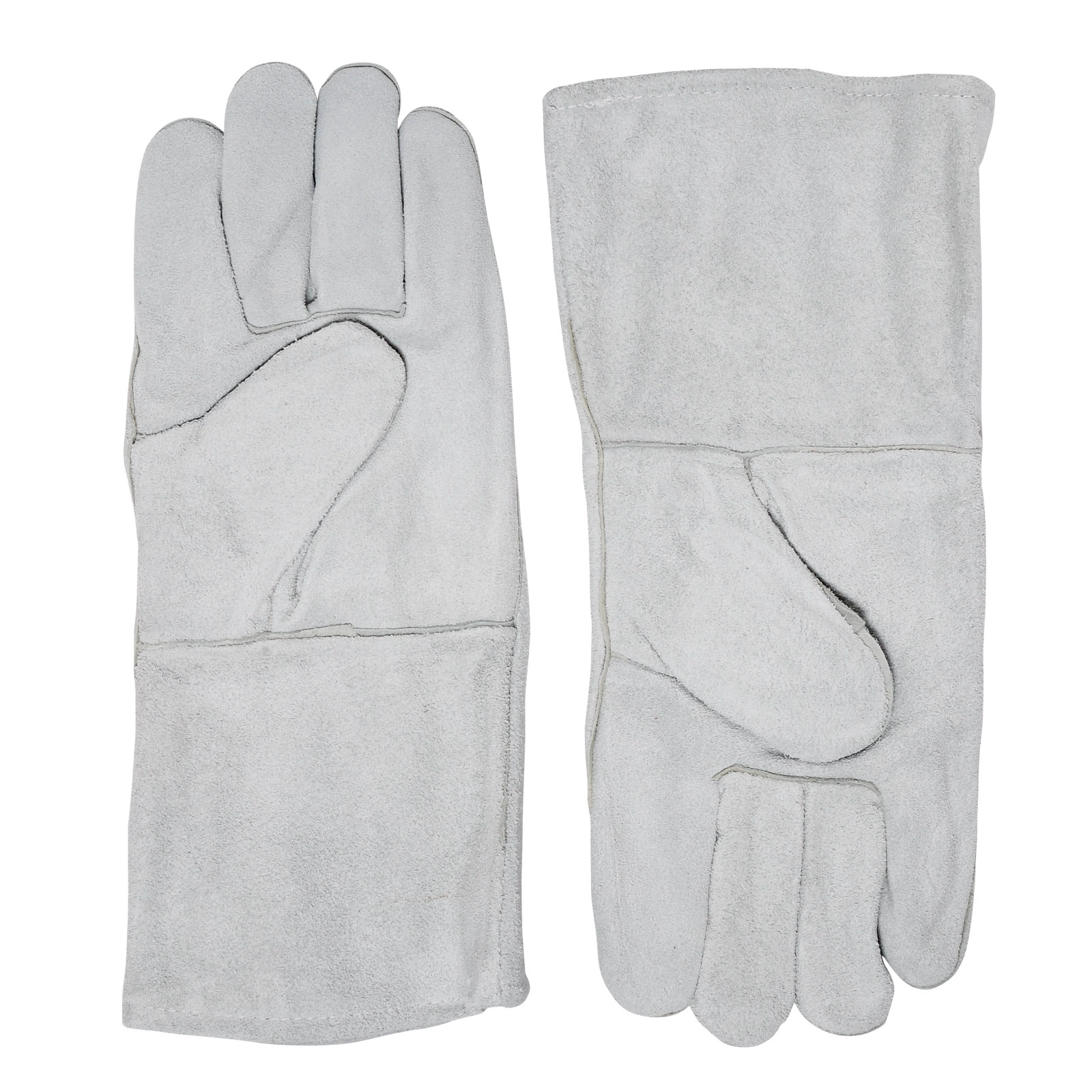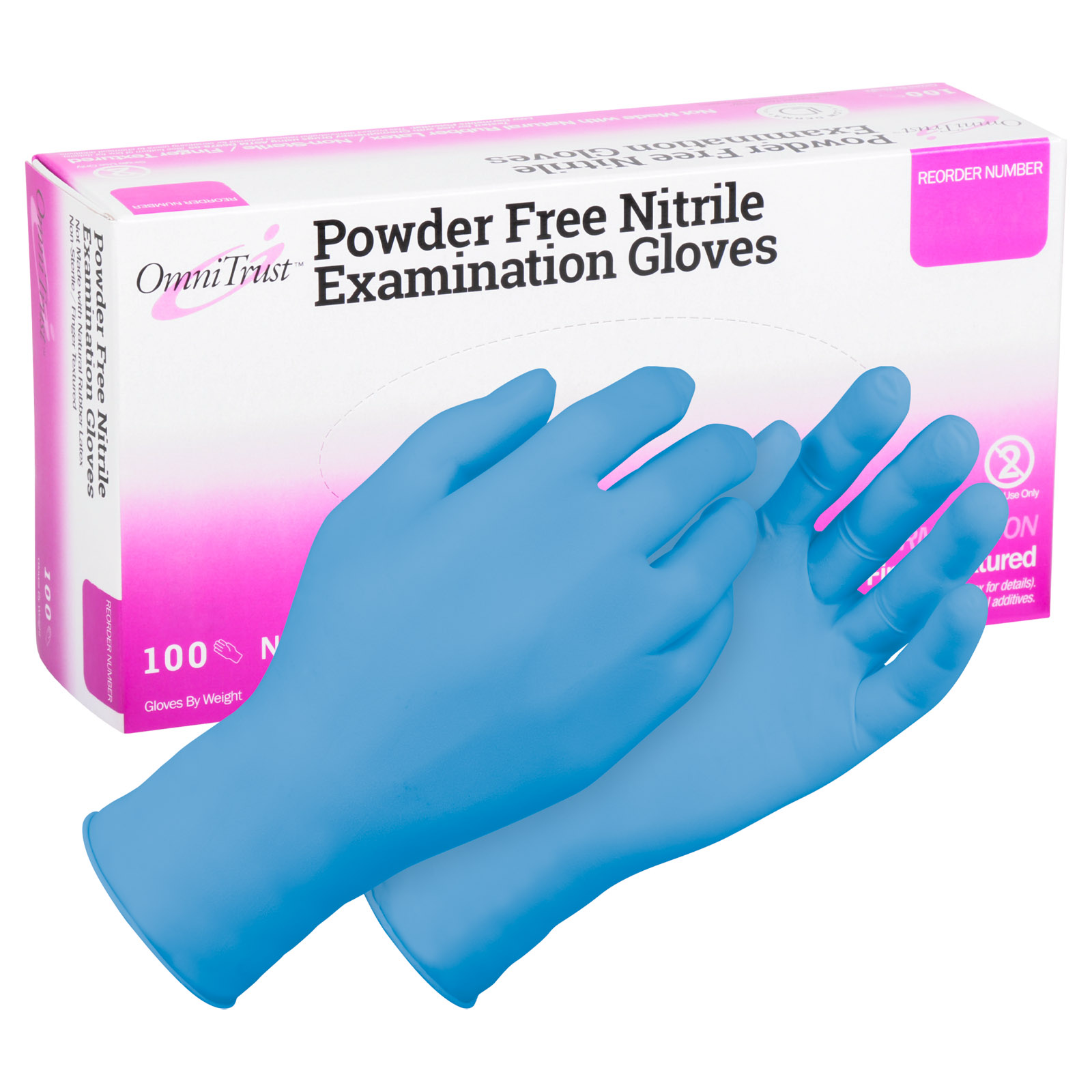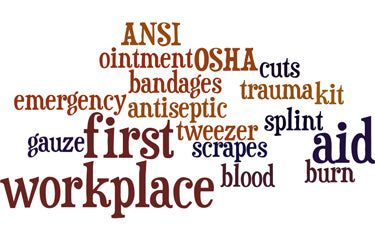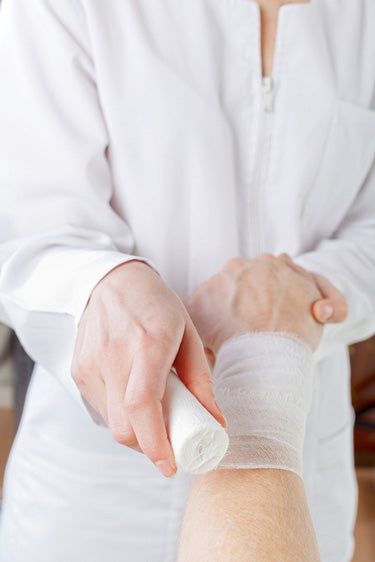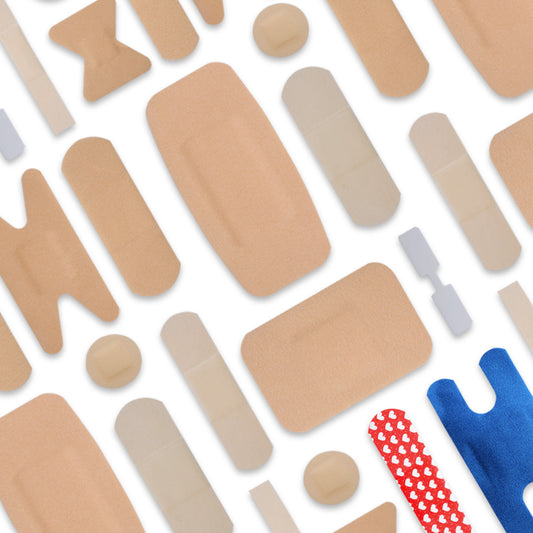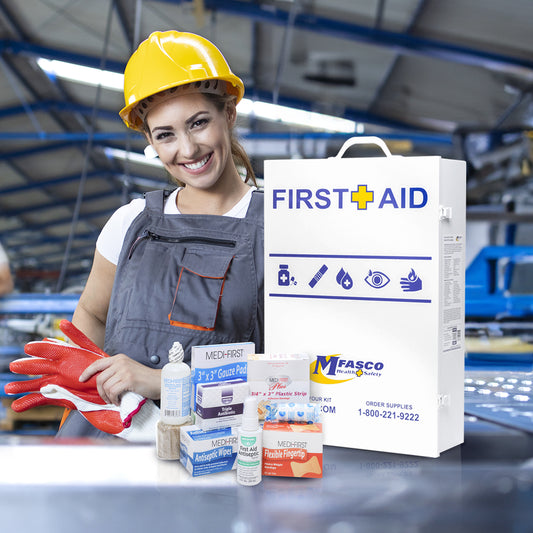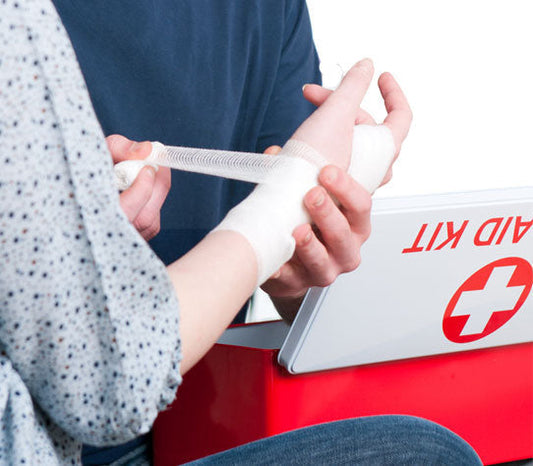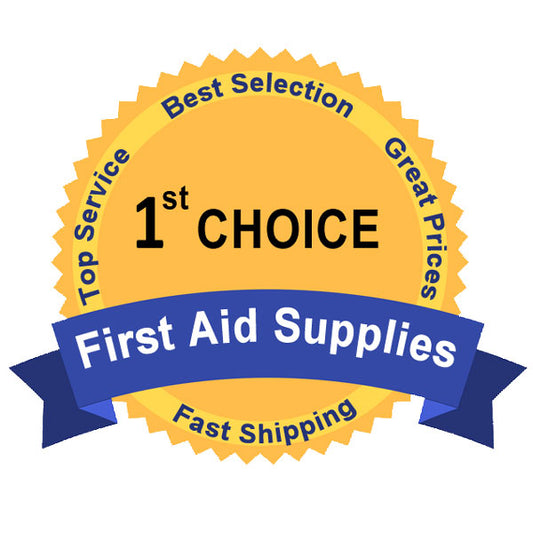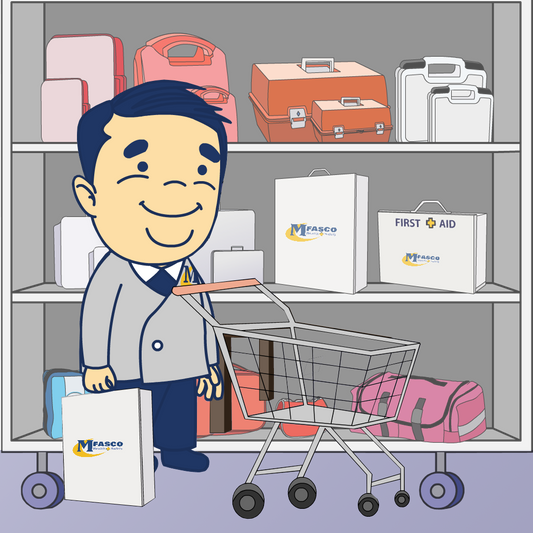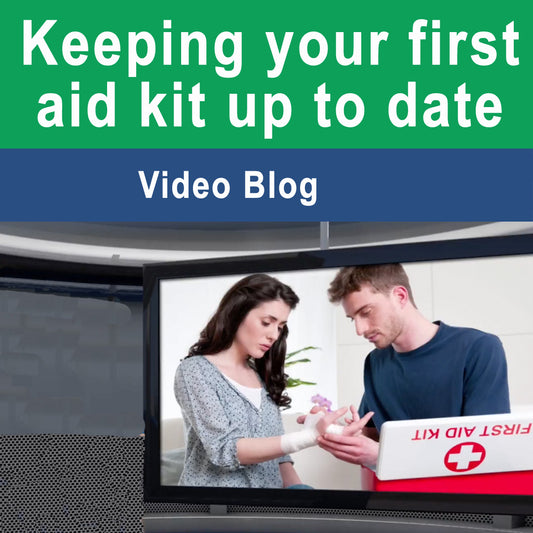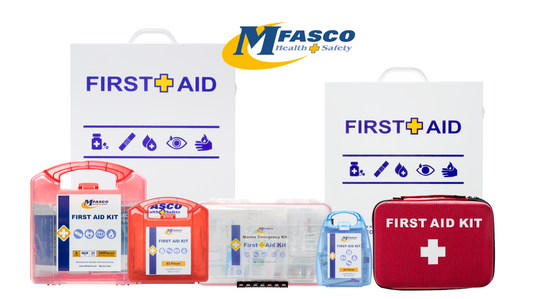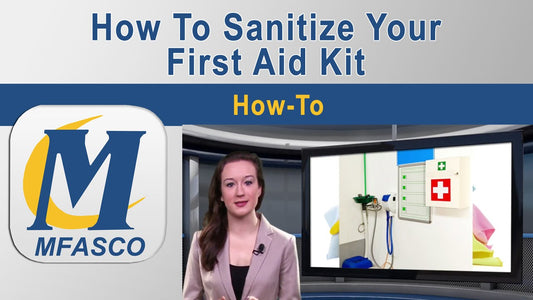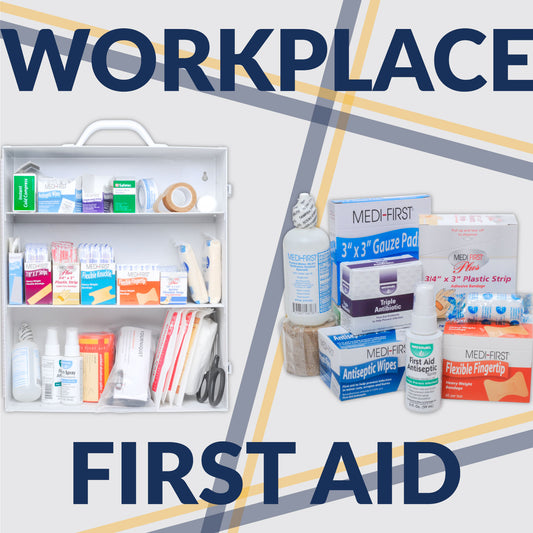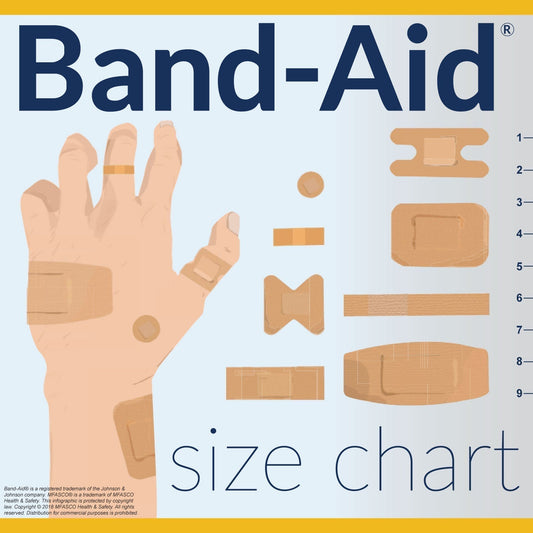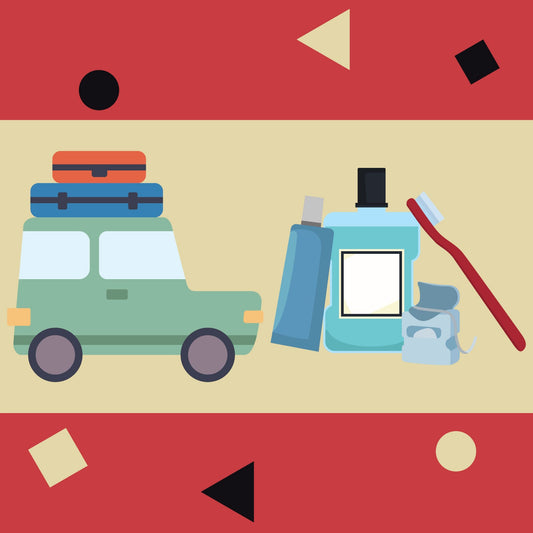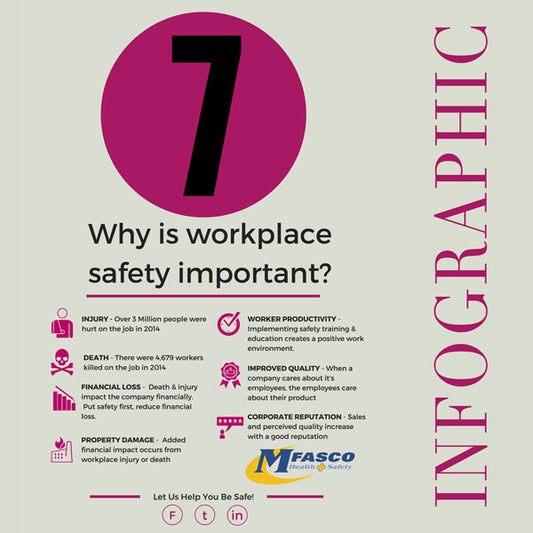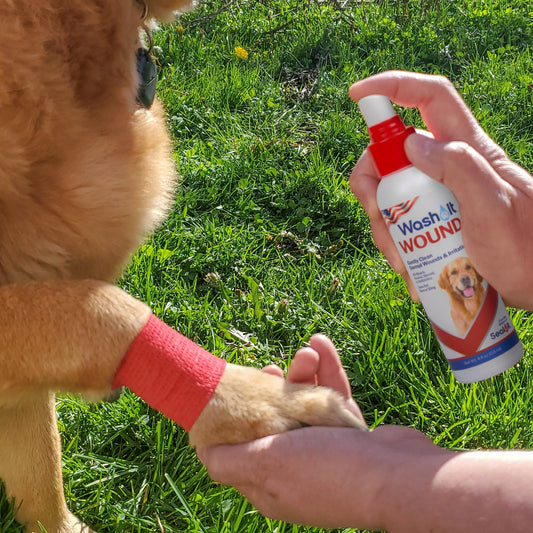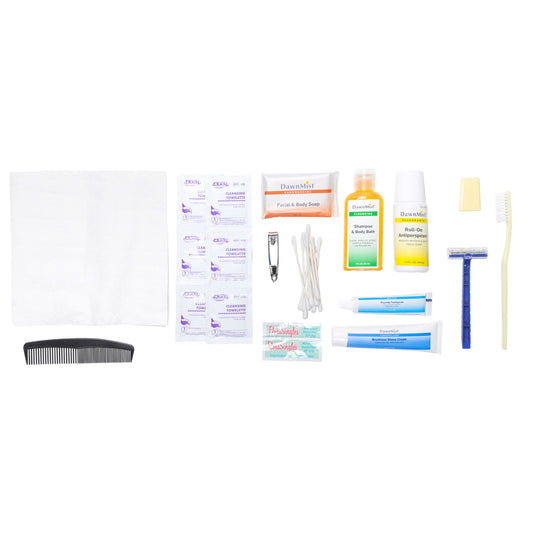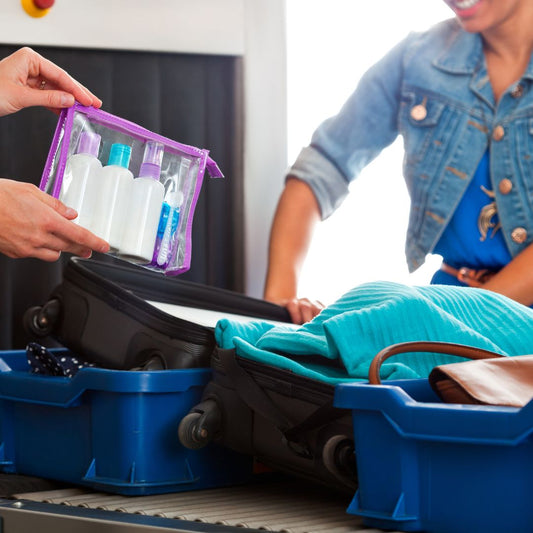A Guide to Workplace Hand Protection
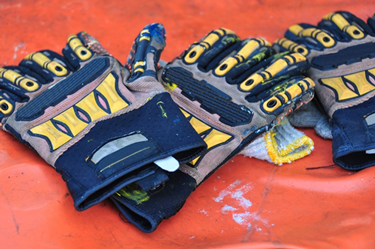
Workplace hand Protection
According to the U.S. Department of Labor Statistics, more than 20,000 non-fatal occupational injuries occurred to the hands and wrists in 2013 alone. As the hands are one of your body's most important tools, injuries can result in missed days of work, pain when performing tasks, or reduced work efficiency. With that said, hand protection is necessary for a wide range of industries. Whether you work in a kitchen prepping food or a factory manufacturing goods, your hands are imperative to completing daily tasks. For managers, reducing occupational injuries as much as possible serves to ensure that your workforce is safe, healthy, and ready to get the job done.
"Each task requires gloves that are appropriate for the job."
Know your gloves
Similar to eyewear and hearing protection, each task requires hand protection that is appropriate for the job. For example, food service workers will need large quantities of disposable gloves that can easily be disposed of and replaced while tackling different tasks in the kitchen. On the other hand, thicker hand protection with grips is needed for labor such as construction, carpentry, or moving heavy items in a warehouse. Work gloves are wide-ranging and vary by size, material, padding, and color. Safety and Health Magazine notes that while cotton or fabric gloves may protect the hands against abrasions, they may not be thick enough to work with particularly sharp objects. In contrast, leather gloves are a bit more tough and resistant to heat and sparks when completing tasks such as welding. When working with chemicals, it's important to find gloves that protect the hands from specific liquids. For example, nitrile-lined gloves are particularly effective at defending against chlorinated solvents and animal fats. Lastly, remember that glove sizing is incredibly important. Gloves that are too large will make it difficult to maneuver and grip items well, whereas gloves that are too small are more prone to wear and tear.
Learn how to handle tools properly
Keep in mind that gloves are a protective measure meant to mitigate injuries in case of an accident or error. However, hand protection will only do so much to prevent injuries if proper safety training and protocols are not enforced. For employees using power tools or heavy machinery, knowing how to handle the equipment safely should be of utmost priority. Managers should regularly analyze workplace hazards and find methods for reducing them as much as possible. Though there's no way of preventing every injury, having a hand safety policy or program in place helps create a culture in which workers utilize hand protection consistently. Make a point of regularly evaluating hand safety practices and learning what aspects of a job are causing unnecessary risks to your workers. Then use this information to update practices and adopt new safety measures accordingly.
Have cleaning supplies on hand
Even if workers' hands are well protected, odds are they're still getting exposed to a lot of elements on the job. Provide comprehensive hand protection by investing in barrier creams, hand soaps, sanitizers, and restorative lotion.
Workplace Safety Products & Accessories
Medical Glove Products
Work Glove Products
Safety Equipment Products
Additional Resources for Workplace Safety Kits & Supplies
Choosing the Right Work Glove for the Job
Skin & Hand Protection Basics
A Basic Guide to Exam Gloves
Contributing Expert

Mike Brinker
Mike Brinker has been working in the first aid industry for over 35 years. He has worked with thousands of businesses,groups, and organizations to provide a healthy and safe work environment. Mike helped create “Make-A-Kit”, the internet's only online first aid kit creation tool. He has also authored many helpful first-aid and safety-related resource articles found at the MFASCO Learning Center.

